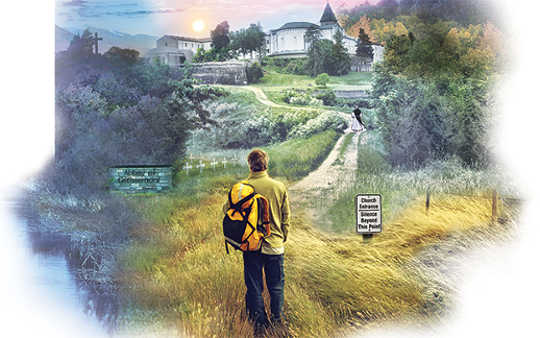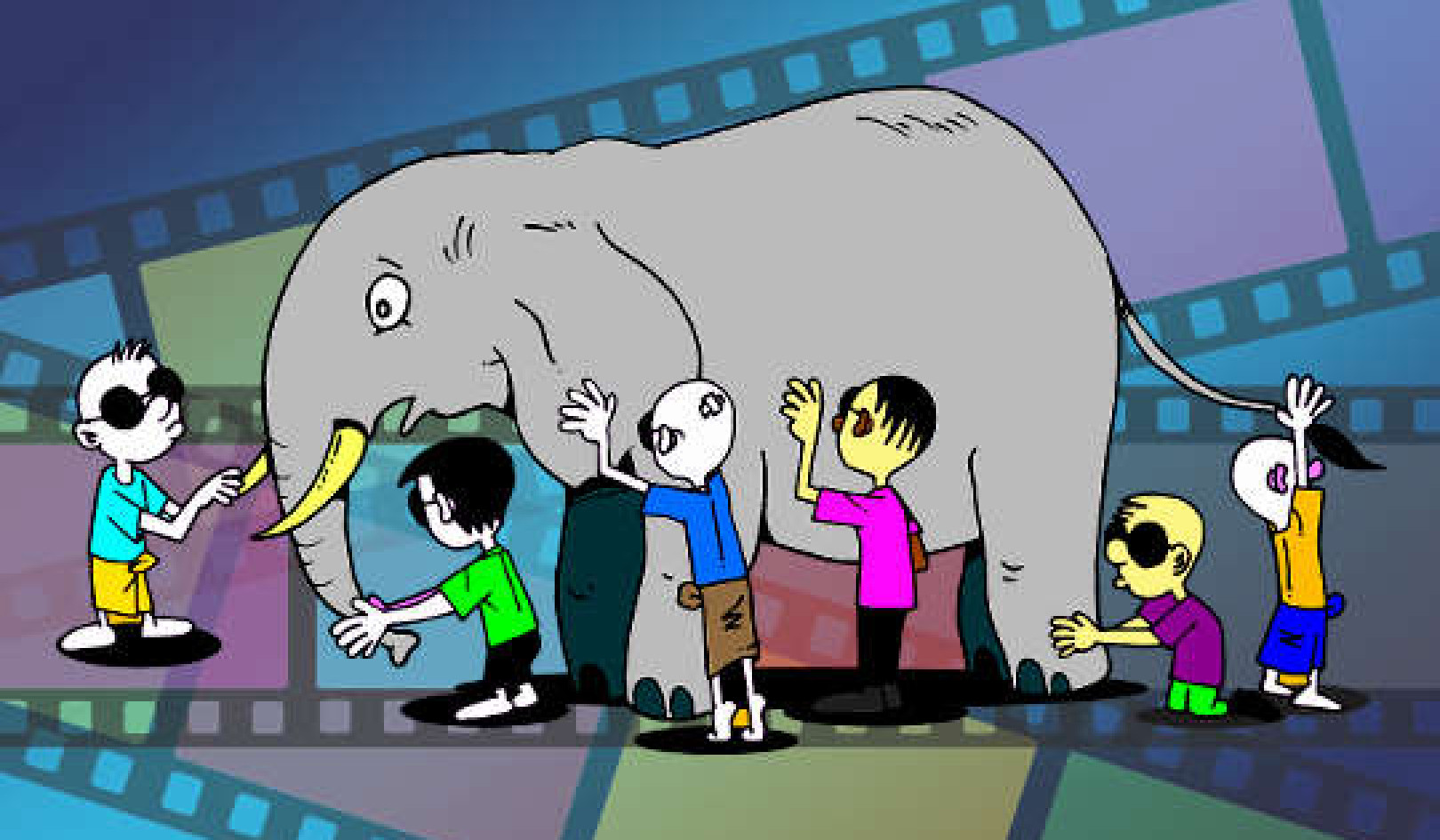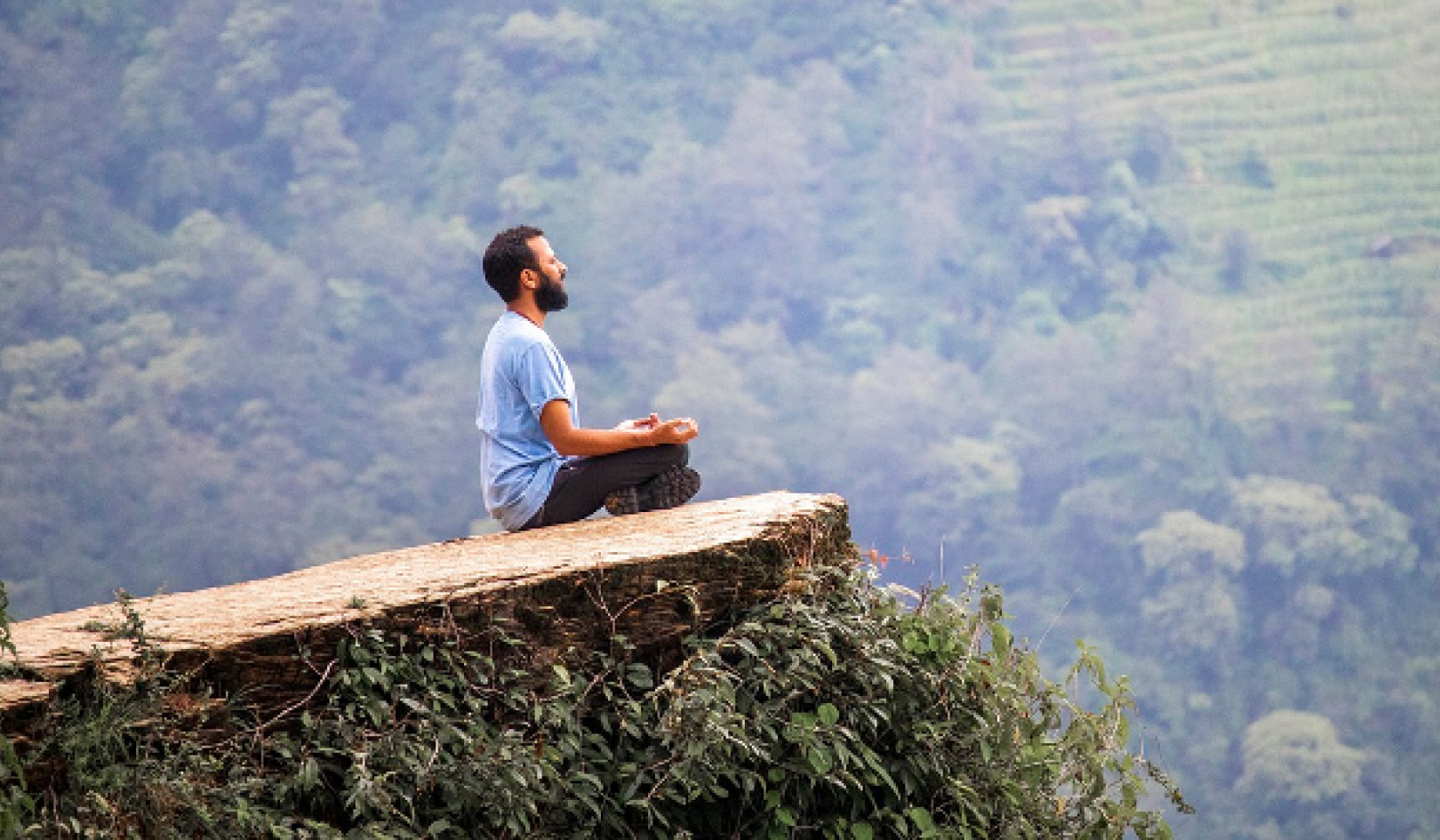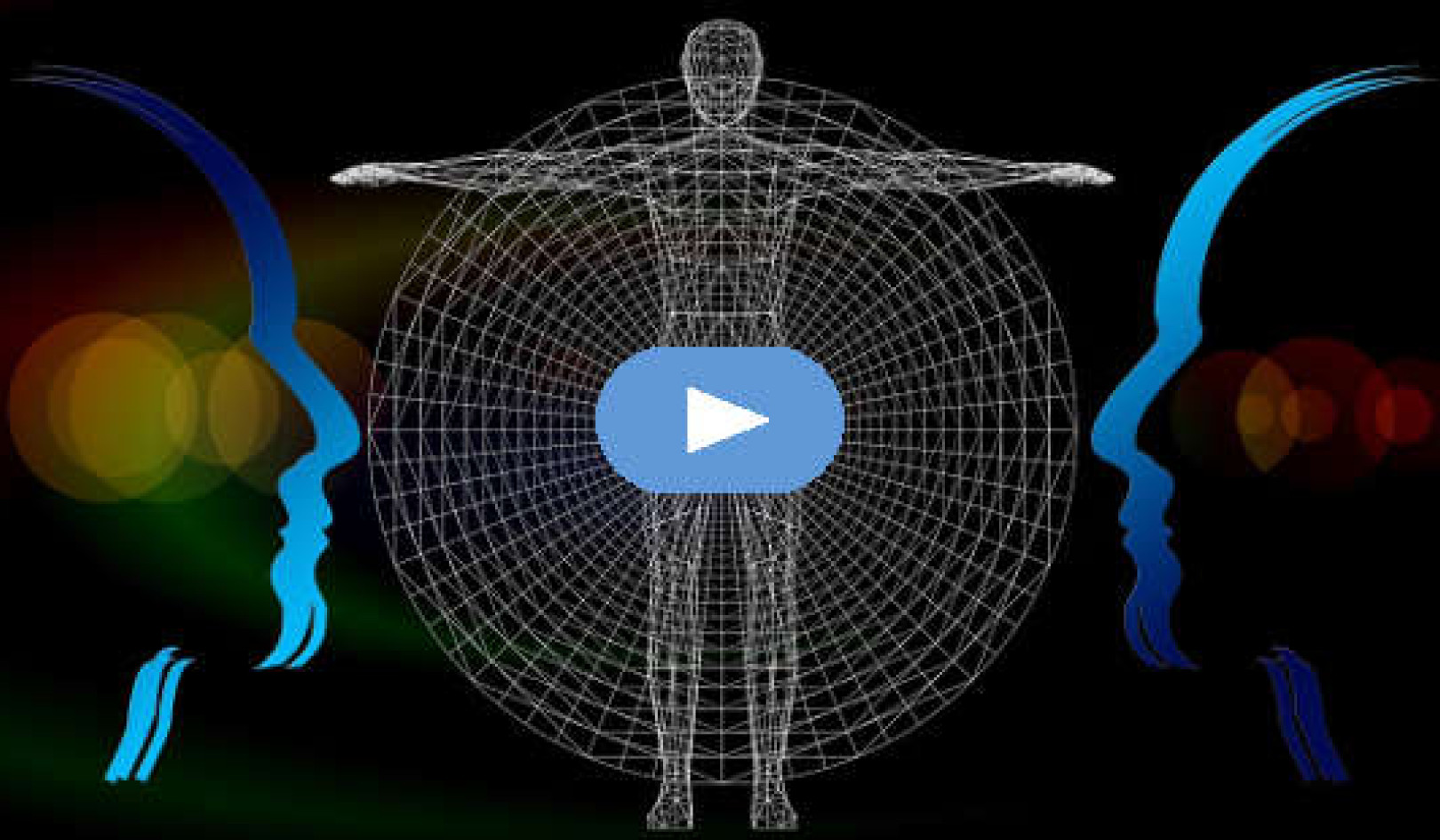 YES! Illustration by Julie Notarianni
YES! Illustration by Julie Notarianni
There was a time when our days were shaped by the sun. We rose with its rising, stopped to eat at its zenith, and were asleep when its light was gone. Our bedrooms weren’t illuminated by the glow of digital clocks, and we didn’t scroll through Facebook postings before placing our phones on the bedside table, where they rang us awake a few hours later.
I traveled back to such a time for five early-autumn days in rolling Kentucky farmland. The Abbey of Gethsemani, near Louisville, is best known as the home of Thomas Merton, the Cistercian monk famous for his spiritual autobiography The Seven Storey Mountain. In his later years, Merton examined the common threads between Catholicism and Buddhism, and helped bring core monastic values to the general public.
Today, the abbey offers silent, self-directed retreats throughout the year. Most guests stay in the retreat house, which offers simple rooms with private baths. Men can choose the monastery’s South Wing. No longer used by the dwindling population of brothers, its single, long hallway has a shared bath at one end, and opens onto rows of cell-like rooms. All retreatants spend their time in silence, without television or radio.
It would be a radical change from my life in Washington, D.C., where it’s never dark and never quiet. Like all cities, Washington thrives on speed, its citizens seemingly intent on filling their days with activity. At the Abbey of Gethsemani I hoped to find the opposite. My goal was simply to stop, to sit still. I had arranged to be free of deadlines. Only my partner knew how to reach me, and he would do so only in dire emergency. I was ready to step into the silence.
And yet, I quickly discovered that life at the abbey is shaped by sound and word as the monks gather seven times a day to sing the Liturgy of the Hours. Services last just 15 to 30 minutes, and the text is almost entirely taken from the Book of Psalms. Not Catholic myself, I embraced the opportunity to structure my day around some of the most resonant poetry history has known.
My favorite service was Compline, which ends the day at 7:30. On my first evening I learned that I could sit atop a hillock just beyond the abbey parking lot, watch the sun set behind the Kentucky hills, and, if I hurried, be in the church balcony in time to hear the brothers chant the wistful lullaby service as the light faded from the stained glass windows above. By 8 p.m. I was back in my room. By 9 p.m. I was in my narrow bed.
An early bedtime proved wise, as I rose each morning at 3 a.m., 15 minutes before Vigils began the day. Waking to the deep tones of the abbey bells, I’d pull on pants and hoodie, stumble down the hall, and find my seat in the balcony. Below, the monks entered singly, and in silence. When the service was over, some moved forward to the altar at the distant, shadowy end of the church, while others disappeared through side doors. One of the oldest remained at his seat, a book open on his tiny desk. As the lights were switched off, I’d remain, the elderly monk’s reading lamp the only light in the vast space.
Even in the midst of his silent, monastic life, this studious monk sought out even greater solitude. Unlike me, he had a specific named God to worship, and millennia of complicated theology to support his meditations. I contemplated the dark itself, acutely aware that it would fade with the coming sunrise, an event I would experience like a kind of miracle. Both of us, in our own ways, were in the room to commune with a mystery beyond our comprehension.
During the day, retreatants disappeared into gardens and onto hiking trails but gathered in the refectory to share three silent meals. There are enough tables scattered throughout the room that nearly everyone can eat alone, but the last to arrive inevitably had to join a stranger.
“Stranger” is not entirely accurate. Forty of us met briefly on our first evening for a presentation by Brother Seamus, who prompted us to break silence long enough to introduce ourselves, then offered a short lesson on monastic life. I learned that most of us were Catholic, many were annual visitors, and some were the second or third generation to attend. I learned that two men were father and son, though they kept apart, as did a married couple. There was also an elderly, Hobbit-like Jesuit whose twinkling eyes made me long to speak with him.
Later in the week, I was enjoying my solitary dinner when a middle-aged woman entered late with her tray, to find all tables occupied. Catching her eye, I gestured to the seat opposite me. It was less awkward than I expected to face someone without speaking or making eye contact. It created a sense of sharing unmarred by the need to project a persona or create polite conversation. When she completed her meal, my guest took out a tiny notebook, wrote a few words, and handed the slip of paper to me. It read, “Thank you for the invitation. I actually have been dying to try this experiment—eating together in silence! [smiley face].”
But our connection wasn’t over. Hiking one of the many trails that meander through the abbey woods, I came across an old hermitage, a tiny stone house under the trees. Inside were a pitcher of fresh water, a stack of paper cups, and a podium with a guest book. Reading through recent entries, I recognized the distinctive script of my dinner companion. She wrote of being thirsty on the dusty path and of being surprised by the gift of cool water—and of her new intention to offer hospitality to others.
True to the Jesuit tradition of questioning authority, it was the Hobbit-like priest who prompted me to break the rule of silence. We had passed frequently in the halls, in the garden, and in the refectory. We always nodded and smiled, recognizing each other as kindred spirits among guests who seemed to avoid eye contact at all costs. During dinner one night we found ourselves standing together as we waited for our self-serve toasts to brown. He looked at me and murmured, “Wasn’t it a glorious day?” I managed only, “It was.”
Other than meeting Brother Seamus, we never came in contact with the hardworking monks, but we couldn’t call them strangers, either. They became familiar through observation alone. One of the younger men, in his 40s perhaps, has a remarkable kinetic energy, leaning and shifting in his choir stall and darting forward to turn a page. The youngest of the brothers was the most intent, lingering after services to study and mark a text. One of the eldest seemed bent on tactile experience, his hand running lightly along a wooden railing or stone wall as he made his way to his seat.
Best of all, not a single phone dinged or beeped or twerped. While there is no stated policy, technology was almost entirely absent—except for the occasional guest who wandered the grounds with earbuds in place. A visit to the library might reveal a couple of retreatants on laptops, attempting to access a weak Wi-Fi signal, but those were the only screens to be found. Even without hearing the Psalms chanted, such an experience approaches the religious. So often our primary motion is outward; we feel that we must express ourselves, put ourselves forward. We long to be seen and heard. In recent decades, we’ve also been reprogrammed to seek constant input—new information, new knowledge, new affirmation.
In silence and solitude that cycle slows considerably. Free of the need to put out and take in, you come closer to simply being. And in reaching that point, you begin to realize the deeper currents that move within—the subconscious or the spirit.
On my five-day retreat I managed a few baby steps on the spiritual journey that is the life work of my monastic hosts. In addition to maintaining the farm that sustains them and preparing music to be shared with the larger community, they provide time and space for folks like me to make our discoveries. They also devote themselves to exploring their own, interior silence—daily. I found myself contrasting their lives with those of friends who spend their hours locked in cars, then sitting in cubicles, then locked in cars again. The brothers seemed to enjoy a much freer, perhaps more productive existence.
I drove away from the Abbey of Gethsemani in mid-morning with some trepidation. I feared losing the stillness that I’d gained, and I feared forgetting the subtle, recurring pattern of the monks’ chant. I sang it softly to myself for the first hour of my drive, before stopping for a late breakfast in Lexington. By the time I’d finished my pecan bourbon pancakes and chatted with the friendly waitress, the music was gone. I take comfort, though, in the simple knowledge that the abbey is there, that the monks are singing the hours, and that there is silence in between.
This article originally appeared on YES! Magazine
About The Author
Norman Allen wrote this article for 50 Solutions, the Winter 2017 issue of YES! Magazine. Norman is an award-winning playwright. His work has appeared at theaters ranging from the Kennedy Center in Washington, D.C., to the Karlín Music Theatre in Prague. His essays have appeared in The Washington Post and Smithsonian, and he blogs for On Being and Tin House.
Related Books:
at InnerSelf Market and Amazon






















